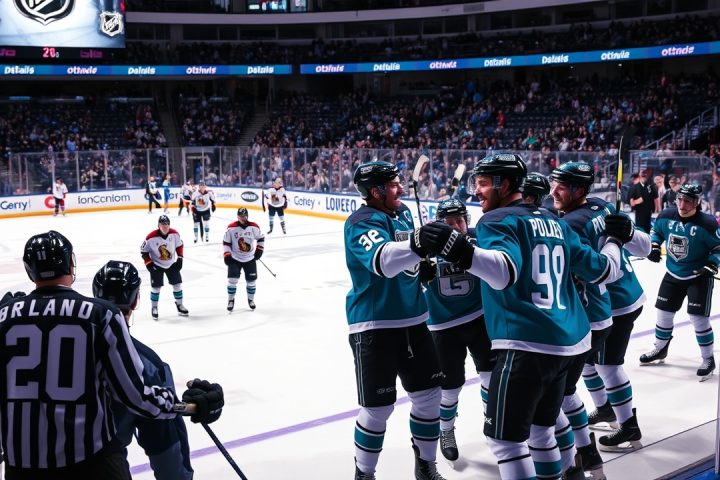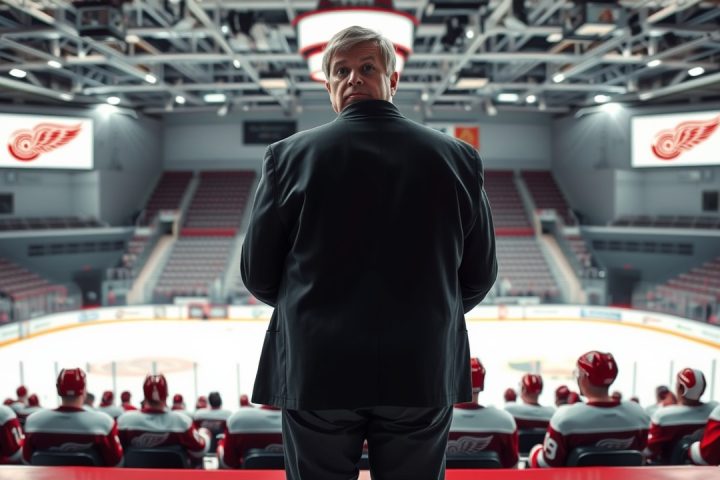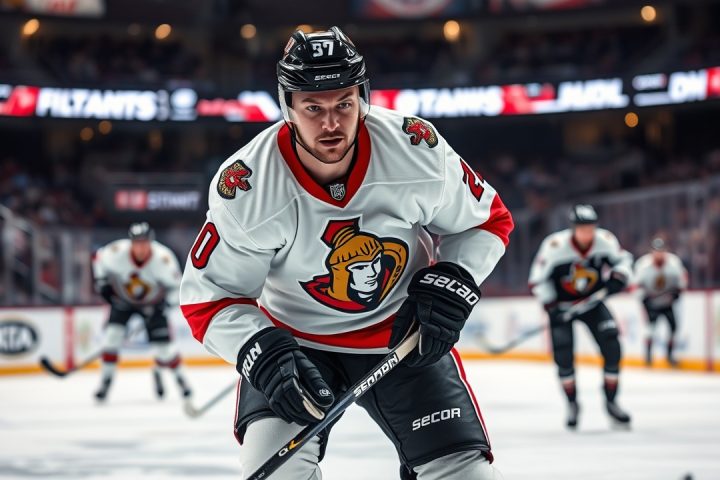NHL Enters Era of Labor Peace
In a significant turn of events for the NHL, the league has officially embarked on a phase of uninterrupted labor peace, marking a stark contrast to its previous history of protracted work stoppages. The ratification of a new four-year collective bargaining agreement (CBA), which will come into effect in September 2026 and remain valid through the 2029-30 season, was achieved swiftly and smoothly this week. This new contract was overwhelmingly approved by members of the NHL’s Board of Governors and the NHL Players’ Association—a notable milestone, occurring more than a year prior to the expiration of the current agreement.
Amicable Negotiations
For players, the diplomatic negotiations stand out as particularly amicable compared to historical standards. John Tavares, an alternate representative for the Toronto Maple Leafs on the NHLPA executive board, noted the positive shift in relations, emphasizing how unprecedented the collaboration has been, especially in contrast to the turbulent discussions leading up to the 2012-13 CBA, which followed an owner’s lockout. Tavares commented,
“The predictability of things goes a long way for everyone involved in the sport.”
Financial Stability and Key Changes
This era of labor tranquility is fostered by the league’s robust financial status characterized by heightened television rights deals, stable revenue growth, and escalating team valuations. Furthermore, teams can now anticipate a salary cap established three years in advance. Among the most impactful changes in the updated CBA are:
- Expanded regular season
- Reduced preseason
- Introduction of a playoff salary cap mechanism
- Considerable boost in the players’ postseason fund
- Elimination of the player dress code
- Secured NHL athletes’ participation in the upcoming 2030 Winter Olympics
Mixed Reactions from Players
Marcus Foligno, player representative for the Minnesota Wild, praised the efforts of NHLPA Executive Director Marty Walsh, stating,
“I think the league is in a great spot, and both sides recognize that. It is beneficial to commence negotiations early and secure a four-year agreement.”
However, the vast membership of the union represents diverse perspectives. In gauging reactions from a selection of players who opted for anonymity to express their honest viewpoints, a range of sentiments emerged regarding the deal’s terms.
Despite a general inclination towards approval, some players have expressed reservations about specific aspects of the agreement. It was noted by a seasoned defenseman,
“Having experienced many negotiations over my career, I can assert that this one was not particularly arduous,”
referencing the relatively smooth path toward the new deal.
Historical Context and Future Concerns
Historically, the NHL has experienced four major labor disputes over the past 33 years, including a players’ strike in 1991-92 and lockouts that severely impacted the 1994-95 and 2004-05 seasons, as well as a shortened season in 2012-13. Although discussions around the latest CBA were labeled as congenial by league officials, the potential for future work stoppages remained a significant concern for players throughout negotiations.
A Western Conference forward voiced this apprehension, highlighting a collective desire to avoid the detrimental effects of strike actions, suggesting that,
“Four years is a reasonable timeframe to revisit everything.”
With only 108 of 1,023 players from last season present during the last lockout, the experiences shared by veteran players resonated with those newer to the league.
“I’m relieved that it didn’t escalate,”
remarked an Eastern Conference goalie, reflecting on the tumult of past negotiations.
Implications of the New CBA
Under the forthcoming CBA, the NHL will expand its regular-season schedule to 84 games beginning in 2026-27, with plans to commence in late September and conclude the playoffs with the Stanley Cup presented in June. This adjustment raises questions among players about the implications of increased games, particularly due to the accompanying reduction in training camp days and limitations on preseason participation.
“Those preseason games can be vital for younger players trying to make an impression,”
expressed a Western Conference defenseman.
While many players appreciate a shorter training camp, some voiced concerns regarding the extension of the regular season.
“The season feels already too lengthy, and this change doesn’t seem beneficial,”
sighed a veteran defenseman, acknowledging the financial incentives at play but questioning the sustainability of such a grueling schedule.
Contract Durations and Playoff Fund
In another notable shift, the CBA limits contract durations, allowing maximum terms of seven years for existing teams and six years for new teams, a modification that raised eyebrows among players who value longer commitments. Some players saw this as a potential compromise but remained skeptical about the reasoning behind reduced contract lengths.
Conversely, an area of agreement was the substantial increase in the players’ playoff fund, now projected at $34 million by 2026-27 and rising to $40 million by 2029-30. This funding, allocated at the discretion of players, heightens the importance of postseason performance and addresses past grievances concerning financial returns from extended playoff runs.
However, disappointment lingered regarding the lack of player compensation from future expansion fees, as voiced by a veteran defenseman who lamented,
“Without players, there are no franchises.”
Despite a century of expansion fees that have yielded billion-dollar opportunities, the players remain distanced from these lucrative earnings, signaling a contentious topic for future discussions in the next CBA negotiation.
A New Chapter for the NHL
The finalization of this CBA marks a new chapter for the NHL, setting a cooperative tone that differs markedly from previous negotiations. Players expressed trust in their representatives to guide them through this process, emphasizing the desire for unity and a shared vision for the future of the league without the fear of looming uncertainty.
As the players prepare to embrace these new terms, the spirit of collaboration—a refreshing departure from the past—could symbolize the dawn of a new era in NHL labor relations.




